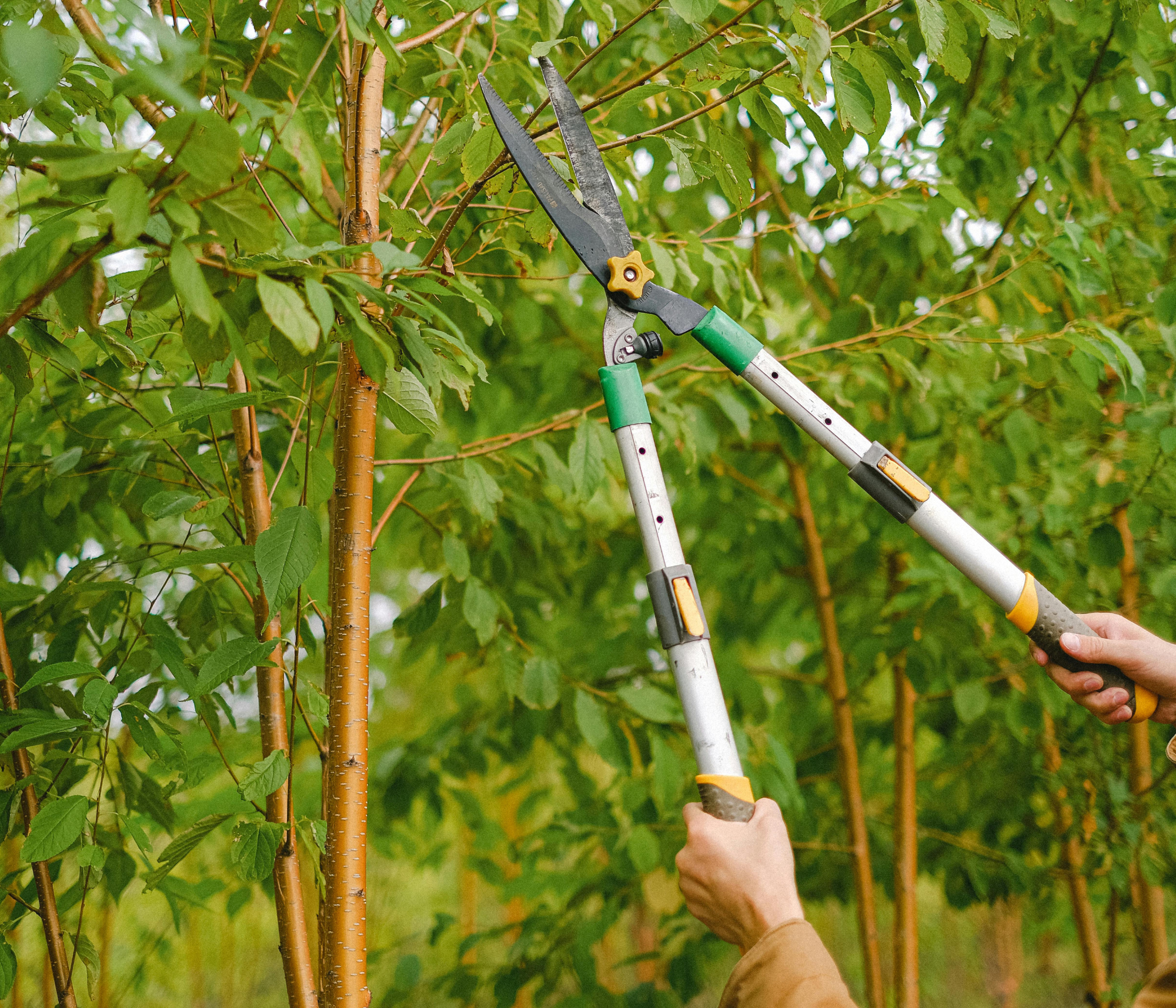Weekly Posts and Insights

Lincoln’s Leadership: A Blueprint for Resilient Leadership Beyond Election Day
As Election Day 2024 nears, reflecting on Abraham Lincoln’s legacy offers valuable insights into adaptive leadership, resilience, and unity. Known for his humility, conviction, and strategic flexibility, Lincoln showed how true leaders use disruptions to inspire lasting change. This election, we can look to Lincoln’s example of courage and empathy, guiding us to face challenges boldly and strive for a united future.

Navigating Conflict in the Workplace: The Downstairs, Middle Room and Upstairs of Resolution
Conflict at work is inevitable, but with the right tools, it can become an opportunity for growth. In this post we explore how leaders can guide teams through conflict by understanding how the brain processes emotions through the downstairs, middle room, and upstairs functions of the brain.

Leadership Growth Lattice in Action: How LinkedIn Embraced Holistic Employee Development to Drive Retention and Innovation
Discover how LinkedIn transformed employee growth and retention with the Leadership Growth Lattice, a modern alternative to traditional career ladders. By encouraging skill development, cross-functional teamwork, mentorship, volunteerism, and alignment with personal life goals, LinkedIn fostered a culture of continuous learning and flexibility. This holistic approach empowered employees, reduced turnover, and fueled innovation, positioning LinkedIn as a top employer in the competitive tech industry.

The Takeaway at the Solutions Summit: Build More Trust in the Workplace
At the recent Vermont Chamber’s Solution Summit, I had the pleasure of discussing a topic that should resonate deeply with leaders today: trust in the workplace. In a world where technology continues to shape the future of work, the importance of human connection and trust can often feel overshadowed. However, as research consistently shows, building trust is the key to a successful and engaged workforce. In this blog, I’ll share some of the insights and strategies I presented.

Greenthumb Leadership in Action: How Microsoft Used Adaptive Leadership to Boost Employee Retention and Engagement
In the mid-2010s, Microsoft reached a pivotal moment. While the company was a global tech leader, its internal culture was becoming a hindrance. Employee engagement was low, innovation had stagnated, and internal competition was stifling collaboration. Recognizing the need for cultural transformation, CEO Satya Nadella placed employee engagement and resilience at the heart of the company’s strategy, sparking a leadership overhaul that would play a key role in Microsoft's resurgence.

Unlock the Secrets to Revitalize and Retain Your Staff: E-Book Launch Today!
We are thrilled to announce the release of our new e-book, "Revitalize and Retain Staff", now available for free download on our website! This comprehensive guide is packed with actionable strategies designed to boost employee engagement, retention, and resilience. Whether you're leading a small team or managing a large organization, this resource is your roadmap to creating a thriving workplace where people want to stay, grow, and succeed.

The Deep Ocean Model – Unseen Currents of Belief and the Behavior That Shape Us
This post draws parallels between ocean currents and human behavior, suggesting that just as deep currents shape the surface waves, underlying beliefs drive visible behaviors. These beliefs, though often unseen, influence actions and decisions in the workplace, making it essential for leaders to uncover and address them rather than merely focusing on surface behaviors. By engaging in meaningful belief discussions, leaders can guide behavior changes, much like oceanographers study currents to predict and influence ocean movements.

The Leader as a Gardener of People: Maturity
The final stage of development, Maturity, represents team members who have high aptitude and attitude, capable of bearing fruit and mentoring others. Leaders should empower these individuals by delegating responsibilities and encouraging them to guide those in earlier stages, like the Adolescent follower. By assessing and strategically supporting each team member's growth, leaders can cultivate a thriving and productive environment where everyone can flourish.

The Leader as a Gardener of People: Disgruntled Stage
The "Disgruntled" stage in a follower’s development mirrors the secondary growth phase of plants, where individuals become experienced but may harbor negative attitudes and exhibit inconsistent behavior. These team members often have high aptitude but are susceptible to negativity, which can impact both their performance and the morale of others. Leaders must address these behaviors through open communication, setting clear expectations, and providing opportunities for growth to help them re-engage positively with the organization.

The Leader as a Gardener of People: Adolescent Stage
The "Adolescent" stage of follower development, akin to the teenage years, is a critical period where initial enthusiasm fades, and individuals start testing boundaries while seeking greater responsibility. Leaders must adopt a coaching approach that balances support and accountability, addressing behaviors that don’t align with organizational values, reinforcing early wins, and consistently adhering to established boundaries and goals. By proactively coaching and maintaining a positive environment, leaders can help their team members navigate this transitional phase and continue their growth into confident, competent contributors.